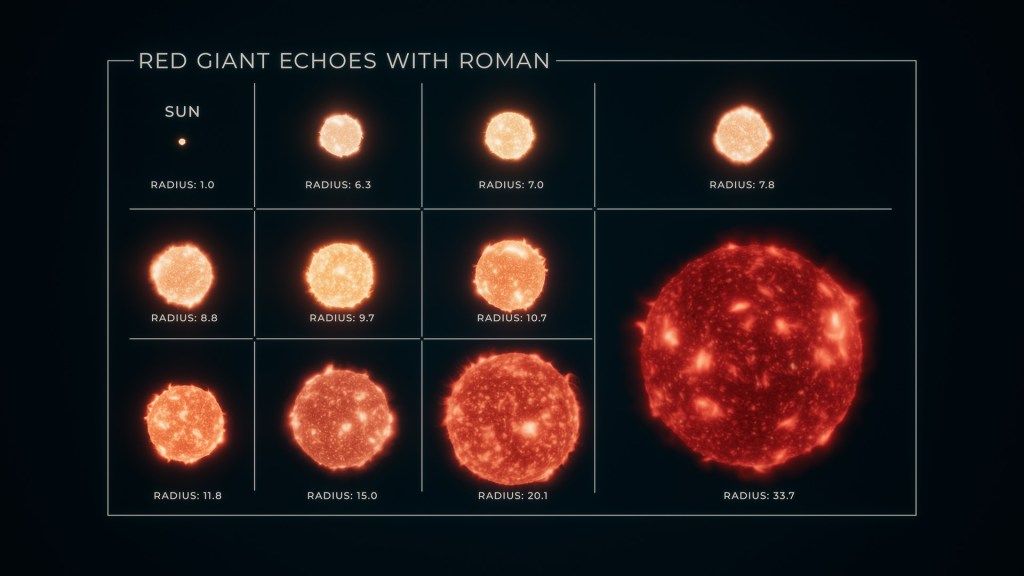The long Sol 3631 drive went well, leaving the rover near exposures of nodule-rich bedrock. Because we have examined the chemical composition of nodules recently, a goal for today's planning was to find patches of bedrock that are relatively nodule-free in order to look for changes in the "background" bedrock. So the Sol 3633 plan starts with a couple APXS integrations on "Balata," a bedrock exposure with fewer nodules than other blocks in front of the rover. Then ChemCam will fire its laser at "Apon," avoiding nodules on a patch of bedrock closer to the rover. Today I focused on planning a long-distance RMI mosaic of bedrock exposures about 140 meters away named "Chenapau," just right of center in this image.
After ChemCam is done, Mastcam will acquire mosaics of both ChemCam targets, plus a 5x2 stereo mosaic of sedimentary structure at "Ananaliua" and a 3x2 stereo mosaic of a change in surface texture at "Bolivar." Then MAHLI will take close-up images of Balata before the arm is stowed and the rover drives on toward the west. After the usual post-drive imaging, the arm will be deployed again to allow MAHLI to take an image of the REMS UV sensor to monitor the distribution of dust on that instrument. Later that afternoon, Mastcam will image the Sun to measure the amount of dust in the atmosphere above the rover and acquire a 3x2 left-eye mosaic of the new arm workspace in front of the rover. Finally, Navcam will search for clouds and dust devils, and MARDI will again image the ground behind the left front wheel during twilight.
On Sol 3634, Mastcam will measure the dust in the atmosphere again and the rover will autonomously select a target for another ChemCam LIBS observation. ChemCam will then look up at the sky to look for changes in gas chemistry. In addition to the normal REMS, DAN and RAD measurements, Navcam will again search for dust devils. Then the rover will sleep overnight in preparation for more good work on Sol 3635.
Written by Kenneth Herkenhoff, Planetary Geologist at USGS Astrogeology Science Center




































